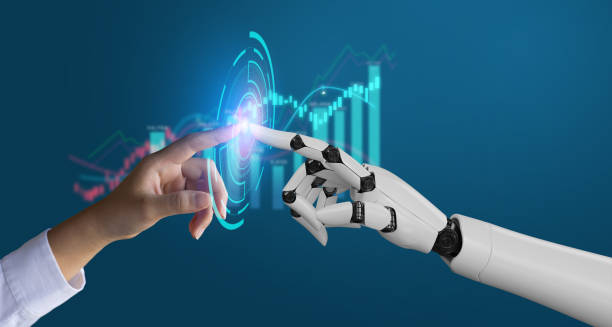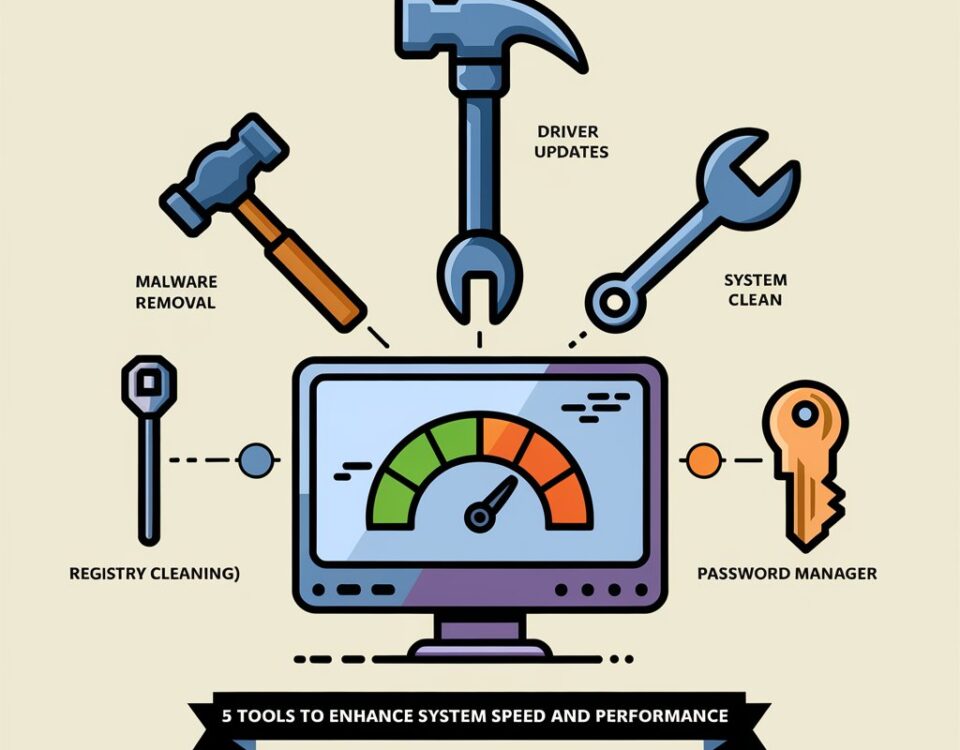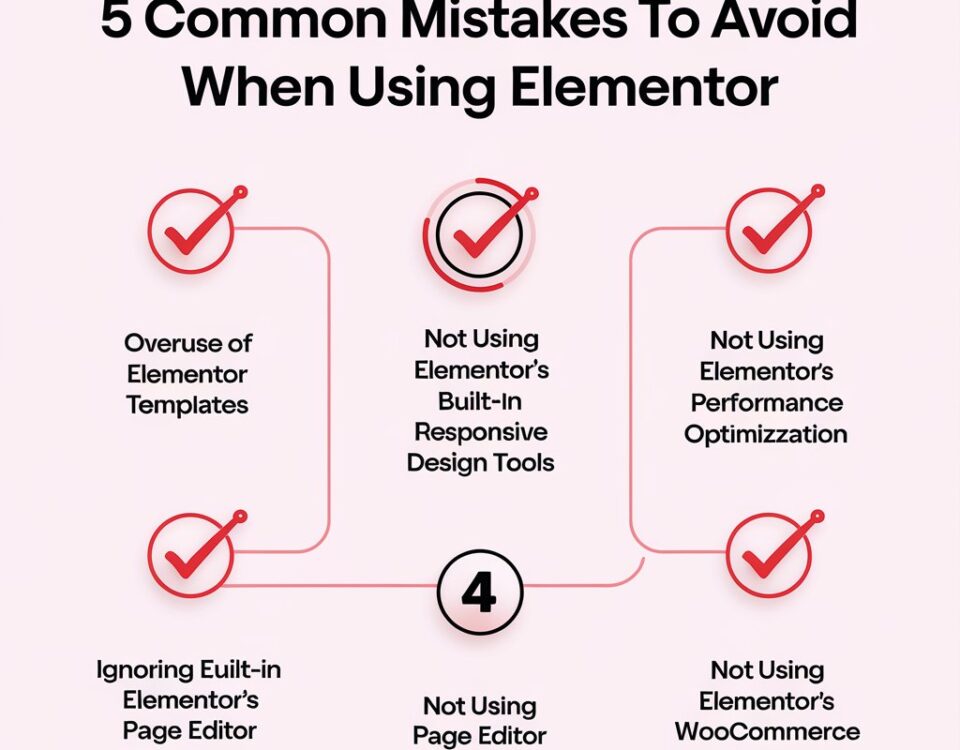
Top 10 Influential Tech Entrepreneurs to Follow
June 13, 2024
How to Enhance Your Online Store with AI and Machine Learning
June 13, 2024The Role of AI in Predictive Maintenance
Predictive maintenance is transforming how industries manage and maintain their equipment, with artificial intelligence (AI) playing a central role in this evolution. AI enables companies to predict equipment failures before they occur by analyzing vast amounts of data collected from sensors and IoT devices. By identifying patterns and anomalies, AI-driven predictive maintenance optimizes maintenance schedules, reduces downtime, and minimizes costly disruptions. This proactive approach not only enhances operational efficiency but also extends the lifespan of machinery, ultimately saving businesses significant costs and improving overall productivity.

Understanding Predictive Maintenance
Predictive maintenance is a proactive approach that uses data analysis and machine learning algorithms to predict equipment failures before they occur. Unlike reactive maintenance, which responds to breakdowns, or preventive maintenance, which follows a schedule, predictive maintenance relies on real-time data to forecast issues and address them preemptively.
How AI Powers Predictive Maintenance
AI plays a crucial role in predictive maintenance by analyzing large volumes of data collected from sensors, machines, and other sources. Here’s how AI enhances predictive maintenance:
- Data Collection: AI systems gather data from various sensors embedded in machinery. This data includes temperature, vibration, sound, and other operational parameters.
- Data Analysis: Machine learning algorithms process and analyze the data to identify patterns and anomalies. AI can detect subtle changes in equipment performance that may indicate potential failures.
- Predictive Modeling: AI creates predictive models that forecast future equipment behavior based on historical data. These models help determine the likelihood of component failures and the best times for maintenance.
- Real-time Monitoring: AI continuously monitors equipment in real-time, providing instant alerts when it detects abnormal behavior. This enables quick action to prevent downtime.
- Decision Support: AI offers recommendations for maintenance actions based on data analysis, helping maintenance teams make informed decisions.
Benefits of AI in Predictive Maintenance
The role of AI in predictive maintenance offers several significant benefits:
- Reduced Downtime: AI identifies potential failures before they happen, reducing unplanned downtime and keeping operations running smoothly.
- Cost Savings: By preventing breakdowns and optimizing maintenance schedules, companies save money on repairs and avoid production losses.
- Extended Equipment Lifespan: Regular, data-driven maintenance extends the life of machinery, reducing the need for frequent replacements.
- Increased Safety: AI detects issues that could pose safety risks, ensuring a safer working environment for employees.
- Improved Efficiency: Predictive maintenance streamlines maintenance processes, making them more efficient and reducing the workload on maintenance teams.
AI Technologies in Predictive Maintenance
Several AI technologies contribute to the effectiveness of predictive maintenance:
- Machine Learning: Algorithms learn from historical data to predict future failures. They adapt and improve over time, increasing accuracy.
- IoT Sensors: Internet of Things (IoT) sensors collect real-time data from machinery. These sensors provide the raw data AI systems need for analysis.
- Big Data Analytics: AI analyzes vast amounts of data quickly and accurately, identifying patterns that human analysts might miss.
- Cloud Computing: Cloud platforms store and process large datasets, making AI-driven predictive maintenance scalable and accessible.
- Edge Computing: AI processes data at the source (edge devices), reducing latency and enabling faster decision-making.
Industry Applications of AI in Predictive Maintenance
AI-driven predictive maintenance is transforming various industries. Here are some examples:
- Manufacturing: AI monitors production lines, identifying equipment that needs maintenance before it fails, reducing downtime and maintaining productivity.
- Energy: In power plants, AI predicts failures in turbines and generators, ensuring continuous energy supply and preventing costly outages.
- Transportation: AI systems in railways and airlines monitor engines and critical components, preventing breakdowns and enhancing passenger safety.
- Healthcare: Medical equipment, such as MRI machines, benefit from AI-driven maintenance, ensuring they are always operational and reducing service interruptions.
- Automotive: AI in car manufacturing predicts when robots and other machinery need maintenance, improving production efficiency.
Challenges in Implementing AI for Predictive Maintenance
Despite its benefits, implementing AI for predictive maintenance comes with challenges:
- Data Quality: Accurate predictions rely on high-quality data. Poor data quality can lead to incorrect predictions and maintenance actions.
- Integration: Integrating AI with existing systems and processes can be complex and require significant changes.
- Cost: Initial implementation of AI systems can be expensive, though long-term savings often justify the investment.
- Skill Gap: Organizations need skilled personnel to manage and interpret AI-driven maintenance systems.
Future of AI in Predictive Maintenance
The role of AI in predictive maintenance will continue to grow as technologies advance. Future trends include:
- Enhanced Algorithms: More sophisticated machine learning algorithms will improve prediction accuracy and reliability.
- Autonomous Maintenance: AI may enable fully autonomous maintenance systems that can diagnose and fix issues without human intervention.
- Cross-industry Adoption: As AI proves its value, more industries will adopt predictive maintenance to optimize operations.
- Integration with Other Technologies: AI will increasingly integrate with technologies like augmented reality (AR) and virtual reality (VR) for more interactive maintenance support.
Conclusion
The role of AI in predictive maintenance is transforming how industries maintain their equipment. By leveraging data and advanced algorithms, AI predicts failures, reduces downtime, and saves costs. As AI technologies continue to evolve, their impact on predictive maintenance will only increase, making it an indispensable tool for modern industries. Companies that embrace AI-driven predictive maintenance will enjoy improved efficiency, safety, and competitiveness in the market.




